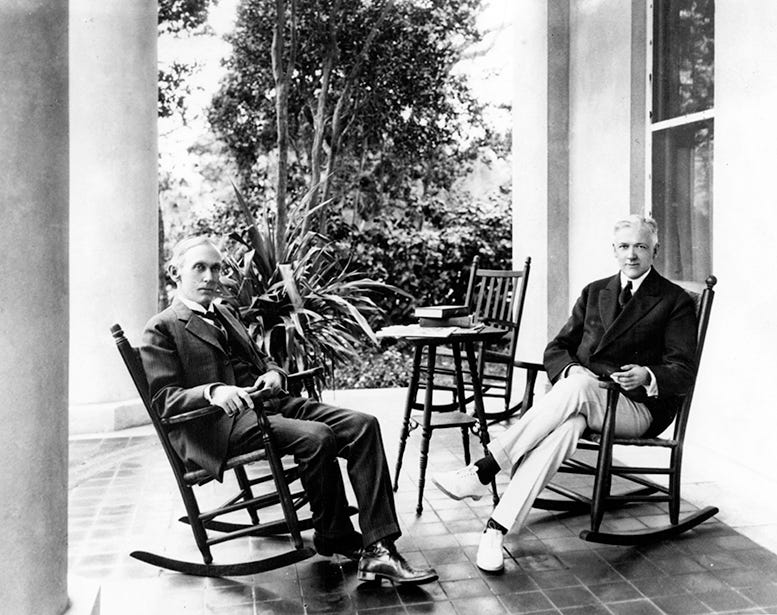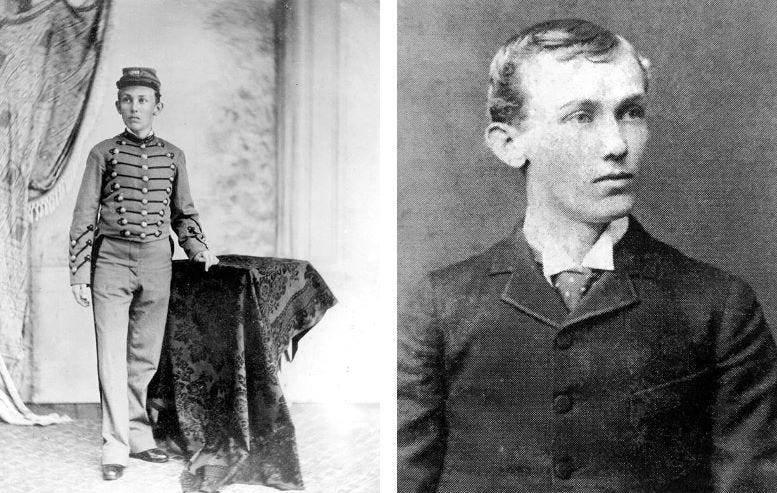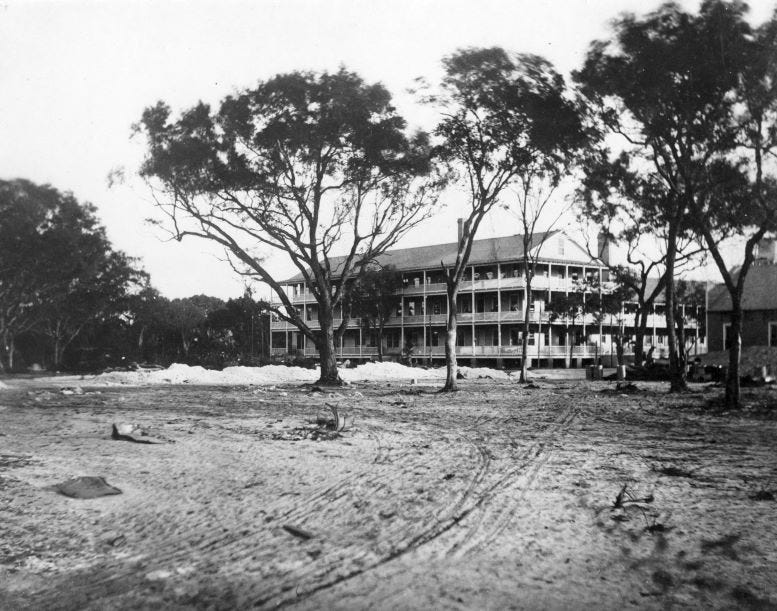Remembering Miami Pioneer Dr. James Jackson
Dr. Jackson was hired by Henry Flagler to be the official physician for his FEC organization in Miami. During his time in Miami from 1896 until his death on April 2, 1924, he became a city icon.

The only child to a father who had dreams of his son managing the family’s citrus grove, James Jackson had different ideas. His father was a medical doctor, drug store owner, and farmer, who believed his son’s destiny was to become the manager of the family’s different business enterprises. Although James was interested in emulating his father’s path, it was as a medical doctor, not as a business administrator. It was Jackson’s decision to follow his heart that was fortuitous to a city that had yet to be formed when James earned his medical degree in 1887.
While fate may have nudged James Jackson into medicine, it was a natural disaster that led him from his hometown of Bronson, Florida, to the banks of the Miami River in April of 1896. Although his first impressions of the area were underwhelming, circumstances allowed him to change his mind and understand the enchantment of a yet formed municipality that would later be referred to as the Magic City. This is the story of Miami’s pioneer physician, Dr. James M. Jackson.
The Doctor’s Formative Years

Born on March 10, 1866, in White Sulfur Springs, Florida, James M. Jackson was the only child of James Jackson and Mary Glen Shands. Shortly after James Jr. was born, the family moved to Bronson, Florida, where James Sr. engaged in the practice of medicine, opened a drug store, and owned citrus groves.
After receiving preliminary education in Bronson, James went to Gainesville and entered the East Florida Seminary, which was a prep academy to prepare young men for their secondary education. This institution was a forerunner to the University of Florida and provided Jackson with the educational foundation to enroll at Emory University in Oxford, Georgia, where he attained his undergraduate degree at the age of 19 in 1885.
Upon graduation from Emory, James enrolled in the Bellevue Medical School in New York City, New York. Although his father was concerned about his son “squandering the family’s resources” by attending medical school, James’ mother was very supportive. He recalled that it was his mother who sewed money into his jacket to make sure her son could afford his first year of school in New York.
Despite the fast-paced lifestyle of New York, Jackson stayed true to his Methodist roots and focused on his studies. After his first year of school concluded in 1886, he returned to his hometown and passed the Florida State medical exam. Although money was an issue and his father urged him to stay in Bronson, James was intent on returning to Bellevue to earn his medical degree, which he accomplished in 1887. Upon earning his credentials to become a physician, he returned to Bronson to provide his services for a burgeoning town of 5000 citizens.
Winter Storm Changes Doctor’s Fate
On October 3, 1894, James married his childhood sweetheart, Ethel Barco, in a ceremony in the Bronson Methodist Church. Jackson grew up in a strict Methodist home and regularly attended service at the church which he was married. Life was going well for Dr. James Jackson and his wife as newlyweds in Bronson until the two freezes later that year and the following January of 1895.
Bronson was an agricultural town reliant on the production from their citrus groves, and when the two winter storms hit Central Florida, the town’s main business was destroyed. Many of those reliant on the industry for work left town rendering the town a fraction of the size prior to the storms. This meant that Bronson could no longer support two full-time doctors leaving James Jr. to ponder his future in his hometown. As fate would have it, Jackson met a gentleman by the name of J.R. Parrott, one of Henry Flagler’s executives, who offered him the opportunity to be the Florida East Coast’s physician in a new unnamed town in Southeast Florida.
Dr. Jackson was skeptical but interested enough to travel to this outpost along the Miami River to determine if he would take the job. In early April of 1896, he traveled by rail to Fort Lauderdale and then by boat to the north bank of the Miami River at the terminus of today’s South Miami Avenue, where he disembarked to inspect what would become the City of Miami.
Keep reading with a 7-day free trial
Subscribe to Miami History to keep reading this post and get 7 days of free access to the full post archives.





